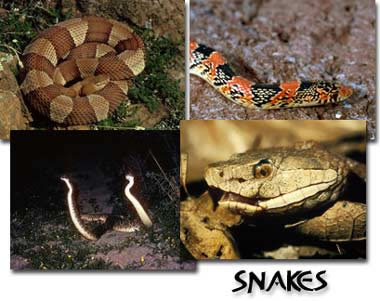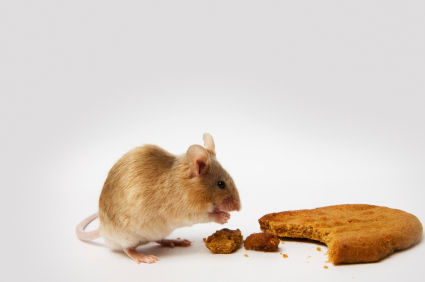|
Return
to Biology 1114 Index Page

Preview
Material for Exam 2 - Spring 2011
Print
the PDF version (no pictures, better printing)
Remember:
Use a #2 pencil to fill in the information on your NCS answer sheet. Put your O-Key Account Username in the boxes indicated for LAST NAME and darken the appropriate circles. Write your Name (Last, First) and “Star” or “No Star” in the space above the boxes containing your O-Key Account Username. Darken the (S or N) in the last column of the name circles. Enter the number 1112 and darken the corresponding circles in the first 4 columns of the “Student ID.” Failure to perform this correctly will incur a -10pt handling fee. Read all questions and answers carefully before choosing the single BEST response for each question. Feel free to ask the instructor for clarification.
This figure illustrates a mythical dragon sleeping on a electric hot pet rock.
There was a population of 99 dragons consisting of equal numbers (33) of red, black and speckled dragons. A hurricane disperses them to the grounds of different castles where they form 5 isolated populations. You observe a dragon voraciously feeding on the colorful flowers in your garden, which you had freshly treated with pesticides. After a few moments, you see the dragon is paralyzed. |
 |
Some scholars believe that medieval legends of dragons were inspired by the discovery of fossilized dinosaur bones at excavation sites. The image of giant airborne reptiles has captured human imaginations for generations. A real-life airborne giant was the pterosaur of the Cretaceous period (~80 million years ago). Some adult pterosaurs could reach a wingspan of 40 feet. Recent discoveries have revealed the presence of thin fuzzy filaments, similar to down feathers on a chick, attached to pterosaurs. For this reason, some paleontologists hypothesize that pterosaurs, once assumed to be ectothermic reptiles, were actually endotherms. |
Illustrations of heads from eight species of pterosaur are shown in the figure. Each occupied a different niche during the Cretaceous period.
Fossilized pterosaur remains have revealed a diet rich in fish. Powerful digestive enzymes secreted into pterosaur stomachs aided their digestion.
A neurobiologist inserts a tiny hollow needle into a giant squid axon (these really are very big) so the cell membrane is now equally leaky to Na+ and K+ |
 source source
|
There is a group of chemicals that act by blocking one of the acceptors in the electron transport chain in the chloroplast.
Hurricanes sometimes wipe away populations of anole lizards on small Caribbean islands and the populations can become reestablished when anoles float to the islands on debris. A group of 10 anoles arrive at an island that was wiped clean by hurricane Frank. The arriving anoles vary in their body sizes and the larger ones survive and reproduce more than the smaller anoles because they can run faster. However, after 10 generations the average body size of the population of anoles is unchanged. Male anoles attract mates by displaying red dewlaps (the skin that hangs down from their necks). Some of the anole lizards live in trees. |
A scientist records the types and numbers of snakes on two nearby islands and finds:
Snake Type |
Island A |
Island B |
Black-banded, narrow head |
3 |
8 |
Black-banded, broad head |
5 |
4 |
Green, blunt-nosed |
6 |
2 |
Yellow, blunt-nosed |
6 |
6 |
Total on each island |
20 |
20 |
|
 source source |
Any two types of these snakes were able to produce fertile offspring when placed together.
 source source |
A behavioral ecologist wants to understand the effect of food availability on the choice of foraging patches by mice. She divides a one-hectare study area into a grid of equal squares and places different amounts of nuts on a plate at the center of each. A camera records the number of visits to each plate. |
 source source |
Feather duster worms live in the ocean. Their bodily fluids are equal in concentration to the surrounding seawater (3.5% salinity). Because feather duster worms body fluids and the surrounding seawater are always at the same concentration, the worms are labeled conformers. Those organisms that maintain different concentrations from seawater are called regulators. |
|